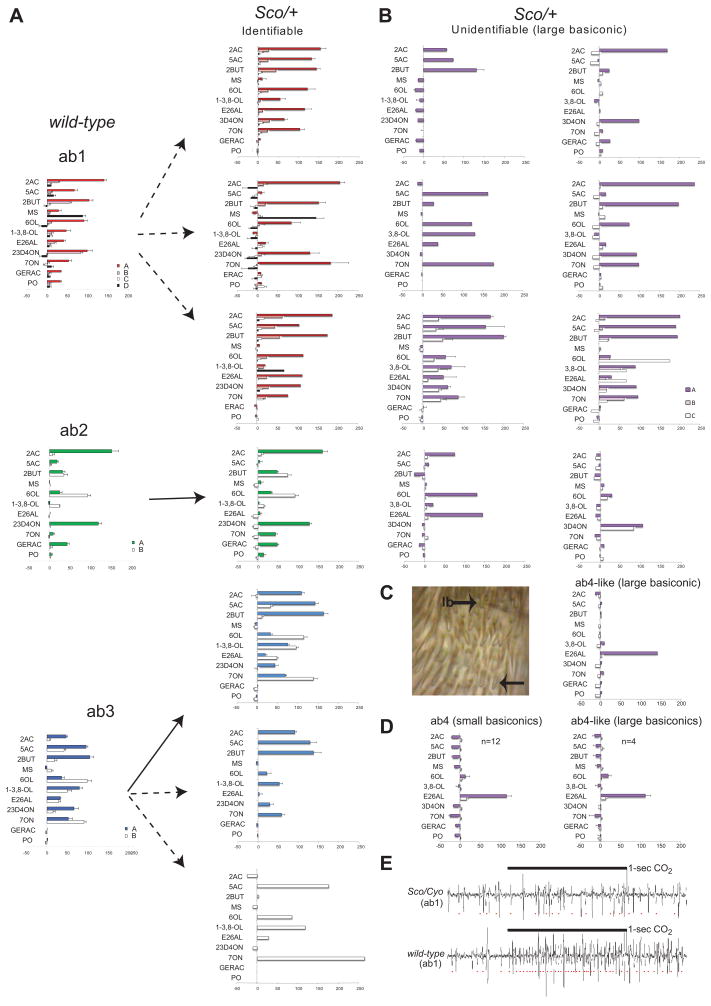Figure 3. Sco have defects in olfactory responses of neurons of the large basiconic sensilla.
A, Comparison of odor responses recorded using single-sensillum electrophysiology from olfactory receptor neurons in the three types of large basiconic sensilla recognized in wild-type (wt) and Sco/+ flies. Solid arrows point to normal sensillum types while dotted arrows indicate a defective variant type. The x axis indicates the tested odors and the y axis indicates the change in the number of action potentials/s following initiation of the stimulus. B, Response profiles from neurons in large basiconic sensilla that could not be classified as one of the three known sensillum types. N=20 in wt and N=58 in Sco/+, error bars= s.e.m. Abbreviations: 2AC, Ethyl Acetate; 5AC, Pentyl Acetate; 2BUT, Ethyl Butyrate; MS, Methyl Salicylate; 6OL, Hexanol; 1–3,8-OL, 1-octen-3-ol; E26AL, E2-hexenal; 23D4ON, 2,3-Butanedione; 7ON, Heptanone; GERAC, Geranyl Acetate and PO, paraffin oil (used as a diluent). C, Light micrograph of an antenna with a large basiconic sensilla indicated (l.b, top arrow) from which the recordings were taken to generate the odor-response spectra on the top right. Glass recording electrode is faintly visible to the right of indicated sensillum. A representative sample of a small basiconic sensillum is indicated by lower arrow. D, Mean odor response profile of an ab4 sensilla in small basiconic of wild-type antenna (left) and of an ab4-like type of sensillum in large basiconics of Sco/+ antenna (right). E, Example of recordings from ab1 sensilla stimulated with 1 –sec 0.3% CO2. Note the presence of action potentials from the C neuron in both traces but a lack of response in the Sco neuron.

